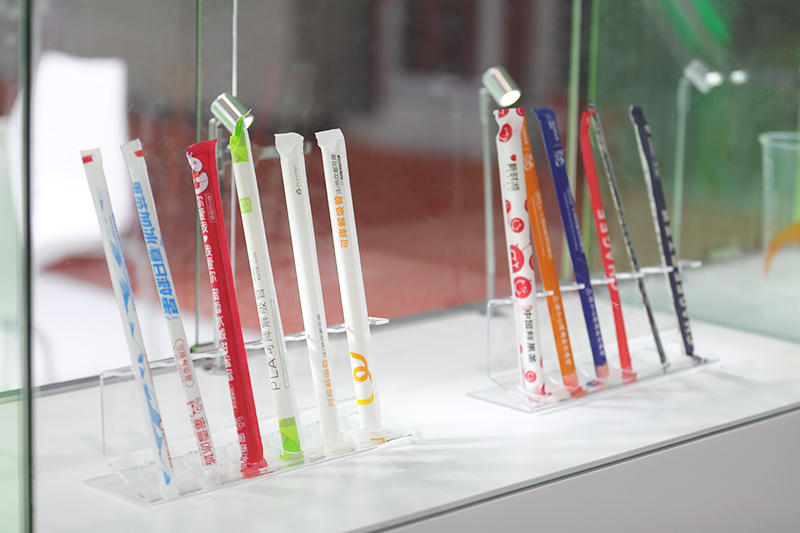In 2020, China has strengthened the management of plastic pollution, has issued the "Opinions on Further Strengthening the Management of Plastic Pollution" and "Notice on Solidly Promoting the Management of Plastic Pollution", etc., and made it clear that by the end of this year in the municipalities directly under the central government, provincial capitals, and municipalities with single-listed plans to prohibit the use of nondegradable plastic bags, nondegradable disposable plastic straws, and nondegradable disposable plastic tableware.
Therefore, biodegradable plastics have become one of the most concerned substitutes. As a new type of polymer material, degradable plastics include many types, and the technical route is also under constant development.
From the point of view of raw materials, degradable plastics can come from both petrochemical raw materials and biomass degradation, photodegradation, oxidative degradation and so on. From the degradation mechanism, degradable plastics include biodegradation, photodegradation, oxidative degradation and so on. From the point of view of degradation effect, it can be divided into "full" degradation and "partial" degradation.
With so many kinds of degradable plastics, which one is the one that consumers can choose to use? Of course, it is "full" degradation, because its degradation products are harmless to the environment. At present, fully biodegradable plastics are mainly used in the market with more mature technology routes, a better industrial chain foundation, and a more complete standard testing system.
Q: Does "full" biodegradation mean 100% degradation?
A: No, it does not.
According to GB/T 19277.1, 19277.2, 19276.1, 19276.2, 28206 and other testing methods, the biodegradation rate of biodegradable plastics should reach more than 90%, which is regarded as "full" degradation. Because when degradation occurs in compost, soil and other environmental conditions, a part of the organic carbon contained in biodegradable plastics (less than 10%) turns into biologically dead bodies or mineralized inorganic salts.
Q: Can fully biodegradable plastics be degraded only under composting conditions?
A: No, it is not.
Composting is only one of the scenarios in which degradation of biodegradable plastics occurs. Most biodegradable plastics are degraded in natural environments such as soil, freshwater or seawater under the right conditions of temperature and humidity and are eventually completely broken down by microorganisms into environmentally sound substances. For example, PBAT, PCL, PHA and other materials can be completely degraded in soil, seawater and other suitable conditions within six months at the earliest, and PLA materials can also be degraded in soil, seawater and other natural environments.
The degradation conditions of degradable plastics include light, oxygen, heat, water, biological and microbial factors, especially microorganisms are essential. These factors will not be satisfied in daily use, so you do not need to worry about the degradation of fully biodegradable plastics in the process of use.
Biodegradable plastics are the traditional plastic substitutes most concerned by the international community and the domestic market, but because it is a new type of material, it is still in the early stage of industrial development, which requires a large amount of R & D investment, equipment investment, experimental investment and so on, and the scale of the existing industry is relatively small and dispersed, so the cost is high.
With the gradual promotion of plastic pollution control, green consumption habits, the popularization of biodegradable plastics is just around the corner.

Please feel free to contact us.
Email: sales@tgb-solution.com
 English
English 日本語
日本語 한국어
한국어 français
français Deutsch
Deutsch Español
Español русский
русский português
português العربية
العربية ไทย
ไทย Malay
Malay





















